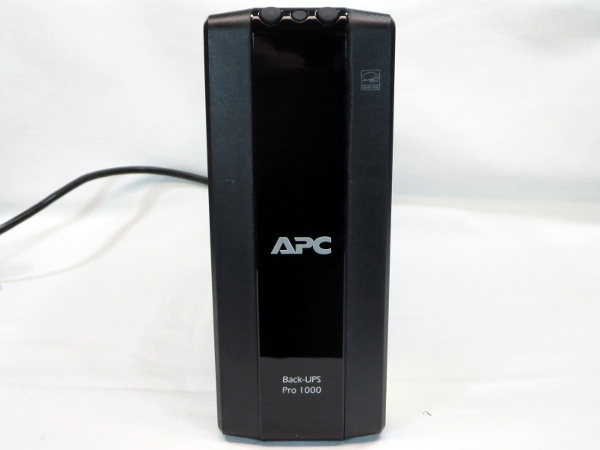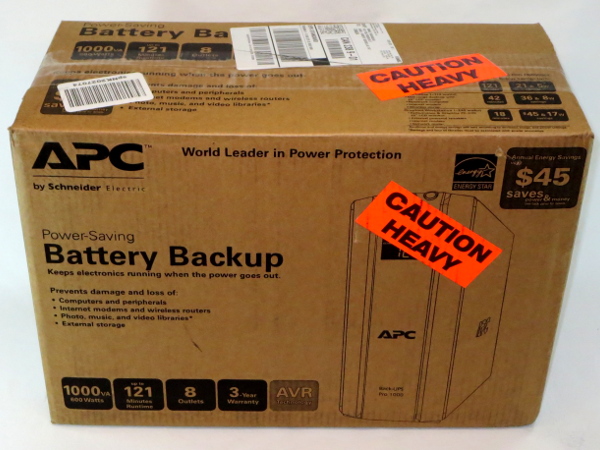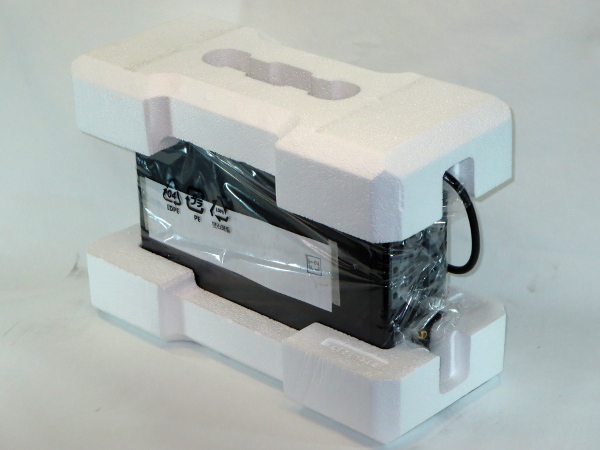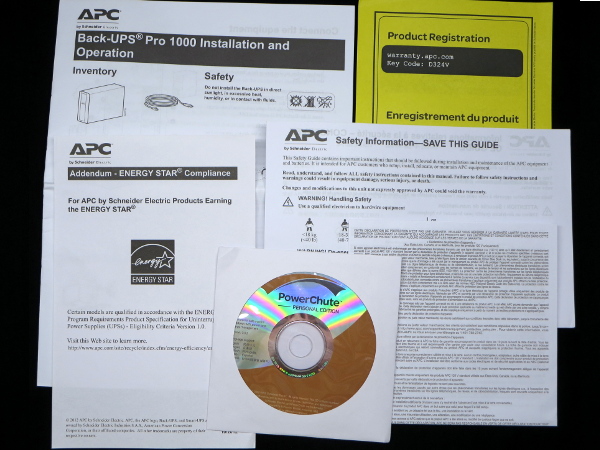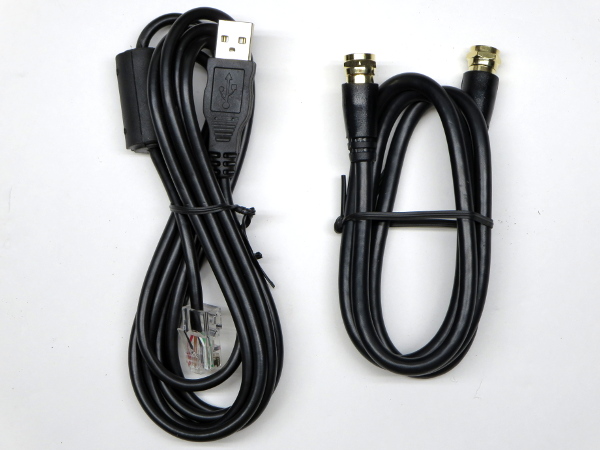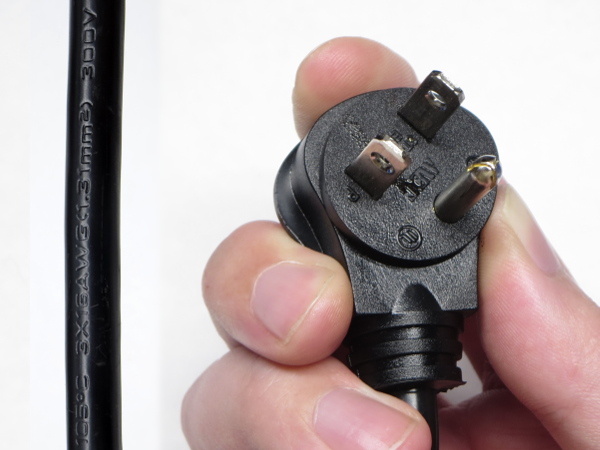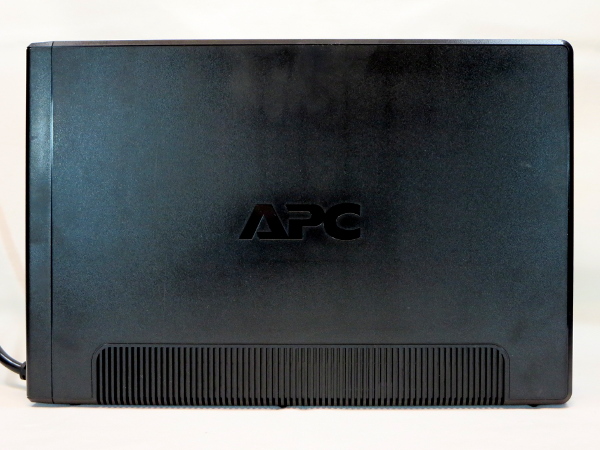APC BR1000G Tear-Down
Does APC Make These Like It Used To?
Ever since my old BX1000 went spastic last year, I've wondered if APC still makes ~1000 VA uninterruptible power supplies the way it used to. When I found the BR1000G on sale for $165 CAN ($130 US), including free shipping, I decided to satisfy my curiosity. If you haven’t read my BX1000 tear-down already, consider doing so now; I'll be making multiple references to it.
Of course, I plan to repair the old BX1000 at some point in the future. But without obvious damage, schematics, or a working unit to compare my measurements against, finding the cause of its behavior could take a while.
MORE: APC BN650M1-CA Tear-Down
MORE: APC BGE90M-CA Tear-Down
MORE: APC BE550G Tear-Down
eTail Packaging
Many products have separate boxes for in-store and online shopping. The e-tail packaging drops the full-color graphics and extensive marketing coverage on glossy cardboard stock in favor of low printing cost and rugged corrugated cardboard. You do get an overview of key features on the back of the box, though.
In case you missed the orange sticker, this thing is heavy. While not massive in absolute terms, it's clearly in a different weight class from everything else we've taken apart since CyberPower's LX1500, and there are two very simple reasons for that.
Unboxing
APC does not cut corners on padding those corners: the foam around them is 40 mm thick at the top and bottom, and 50 mm thick on the sides, front, and rear. As you can see inside the unit’s protective bag, we also get an automated test report slip.
Unfortunately, that eco-friendly inexpensive ink rubbed off from the box and made a mess of my backdrop.
Get Tom's Hardware's best news and in-depth reviews, straight to your inbox.
Stacking Up
Stacked on top of each other, the BR1000G and BX1000 look about the same thickness, with the BR being just about as deep as the BX is tall. How does the BR1000G fit mostly the same core features as the BX1000 in a package that is eight centimeters shorter than the BX1000 is deep? Simple: it doesn’t. Not quite. Can you guess what the key space-saving difference is? Here is a hint: the BX1000 weighs 10.2 kg while the BR1000G weighs 10.7. All else being equal, the BR’s extra functionality should have added around 100 grams.
Paperwork
Aside from the test slip included at the end of quality assurance checking, the BR1000G comes with APC’s usual complement of English/Spanish/French manual, safety information/equipment protection policy, and a product registration reminder. Also thrown in the mix are an addendum sheet stating that not all models are actually EnergyStar-compliant (why put the EnergyStar logo on the box then?) and an APC PowerChute installation disc. How many people use included install discs instead of going online to download the newest version? Personally, I use USB’s UPS-class HID, which enables standard battery management in the OS and adds basic UPS monitoring to the system management bus.
Accessories
Raise your hand if you are mildly annoyed with how APC continues to use a proprietary USB-to-RJ45 cable for its higher-end models instead of the standard A-to-B cable it uses in its $50-120 ones. I cannot be the only one.
This time around, APC’s RG59 cable may have one of the most proper terminations of any bundled cable that I have seen so far, though it's still not perfect: the isolation is cut slightly short from flush with the connector face, and the cut looks a little rough. With cord-cutting and IP-based multi-room systems becoming increasingly popular, the added value of coax surge protection is fading. I would gladly take a seven-foot CAT 5e patch cable instead.
Plug And Cord
APC’s traditional rounded plug makes another appearance here. In a normal right-hand grip, there is plenty of space between the live pin (left) and any finger. In a left-handed grip, not so much; that puts the thumb within four millimeters of going live. There are orange marks on the front of the neutral prong (not visible in the picture) and in between (orange on black is not particularly visible; it is the darker stain between the live and ground pins).
In the cord department, we get the typical 3x1.31mm (#16) affair.
Tail End
What connectivity do we find behind this unit? On the surge-only side, there are two always-on surge-only outlets and two master-controlled outlets, while on the battery backup side we have the master outlet, one master-controlled outlet, and two regular battery backup ones. The bottom outlet on each side has wider spacing to accommodate larger adapters. In the top-left, we have the network surge suppression, coax surge suppression, RJ45 jack for the USB interface, and a ground fault indicator LED. There is also a grounding screw terminal to accommodate equipment with optional ground, something I haven’t seen since the BX1000. Finally, roughly in the middle, we have the usual pop breaker.
Sides
Both side panels look identical: there's an APC logo in the middle and vertical ventilation slots at the bottom. Part of the ventilation slots on one side are on the battery door instead of the side panel itself, and the seam between pieces blends in with the slotted pattern.
Top
More ventilation slots occupy the top of the unit, and more fake seams conceal the real seams behind a symmetric pattern. From any sort of distance, it is difficult to tell if the top part is molded in the left or right panel, or as a separate piece altogether. It gets noticeably warm while the battery is charging or when the UPS is running on battery power for a minute. On standby and with a full battery, the amount of waste heat is barely noticeable.
Bottom
As usual, the bottom is dominated by a battery door that takes up about two-thirds of the product's length. At the end of the door, next to the label area, you can see how the seam blends together with the side panel vents. A large sticker covers part of the left end of the door and contains battery connection instructions.
MORE: APC BN650M1-CA Tear-Down
MORE: APC BGE90M-CA Tear-Down
MORE: APC BE550G Tear-Down
-
bit_user Thanks for this.Reply
BTW, if you setup a kickstarter for funding your reviews, I'll bet you'd get lots of donations. I'd certainly chip in. -
Zaxx420 Am a regular reader of ur UPS teardowns here at Tom's...having a backround in "EEE", I find them very interesting to say the least. I have an older APC BACK UPS RS-1500 that needs a new battery. B4 I spend on a new batt was wondering if you've reviewed any APC 1500VA 'home' units? Are they decent or should I look at a newer unit instead of a fresh batt?Reply -
Daniel Sauvageau Reply
If your RS-1500 is from ~2005, look for my APC BX1000 tear-down. Based on how the BX1000's battery cover says XS1000 and the firmware version says RS1000, I suspect that the RS1500 will be practically the exact same thing except for having that third FET location on the heatsink plates populated and a larger HVDC transformer..18676443 said:I have an older APC BACK UPS RS-1500 that needs a new battery. B4 I spend on a new batt was wondering if you've reviewed any APC 1500VA 'home' units? Are they decent or should I look at a newer unit instead of a fresh batt?
-
Daniel Sauvageau Reply
Glad you liked it.18676391 said:Thanks for this.
BTW, if you setup a kickstarter for funding your reviews, I'll bet you'd get lots of donations. I'd certainly chip in.
For Kickstarter, I do not think a platform where I need to meet a goal to get funds would work too well. Patreon might be more appropriate for my use: contribute monthly, piece-wise or one-off to help me get what I need, when I need it.
-
bit_user Reply
Good point. I'm just thinking of some way that people can chip in to buy you equipment to test. Any extra you might use to fund your time + maybe you can ebay some of the re-assembled units, when you're done. Perhaps it can be setup for people to vote on different models with their contributions, if patreon has a way of creating different projects for people to contribute towards.18677660 said:Patreon might be more appropriate for my use: contribute monthly, piece-wise or one-off to help me get what I need, when I need it.
Personally, I'm interested in higher-end UPS models and AV powerline filters (like those from Panamax).
-
WFang Yes, a Patreon option would certainly be interesting way to get funds for higher end UPS and powerfilters!Reply -
alextheblue Reply
I'd slap a battery in it if I was you. I mean, you're already got the unit. If it had some other failure or you were lacking a UPS but in the market for one, the BR1500G is probably the best in it's price class. I've got one - if you tear it open it's going to look pretty similar to the BR1000G in this tear-down. It does have a fan which it fires up whenever it's on battery. Again, very decent unit for the money, but it's not going to be built quite up to the standards of the older units. In actual use though this thing has been kick-ass - I needed something with enough oomph to sustain my system for a bit if I lose power while gaming. Gives me time to gracefully exit the game and finish anything I needed to do.18676443 said:Am a regular reader of ur UPS teardowns here at Tom's...having a backround in "EEE", I find them very interesting to say the least. I have an older APC BACK UPS RS-1500 that needs a new battery. B4 I spend on a new batt was wondering if you've reviewed any APC 1500VA 'home' units? Are they decent or should I look at a newer unit instead of a fresh batt?
